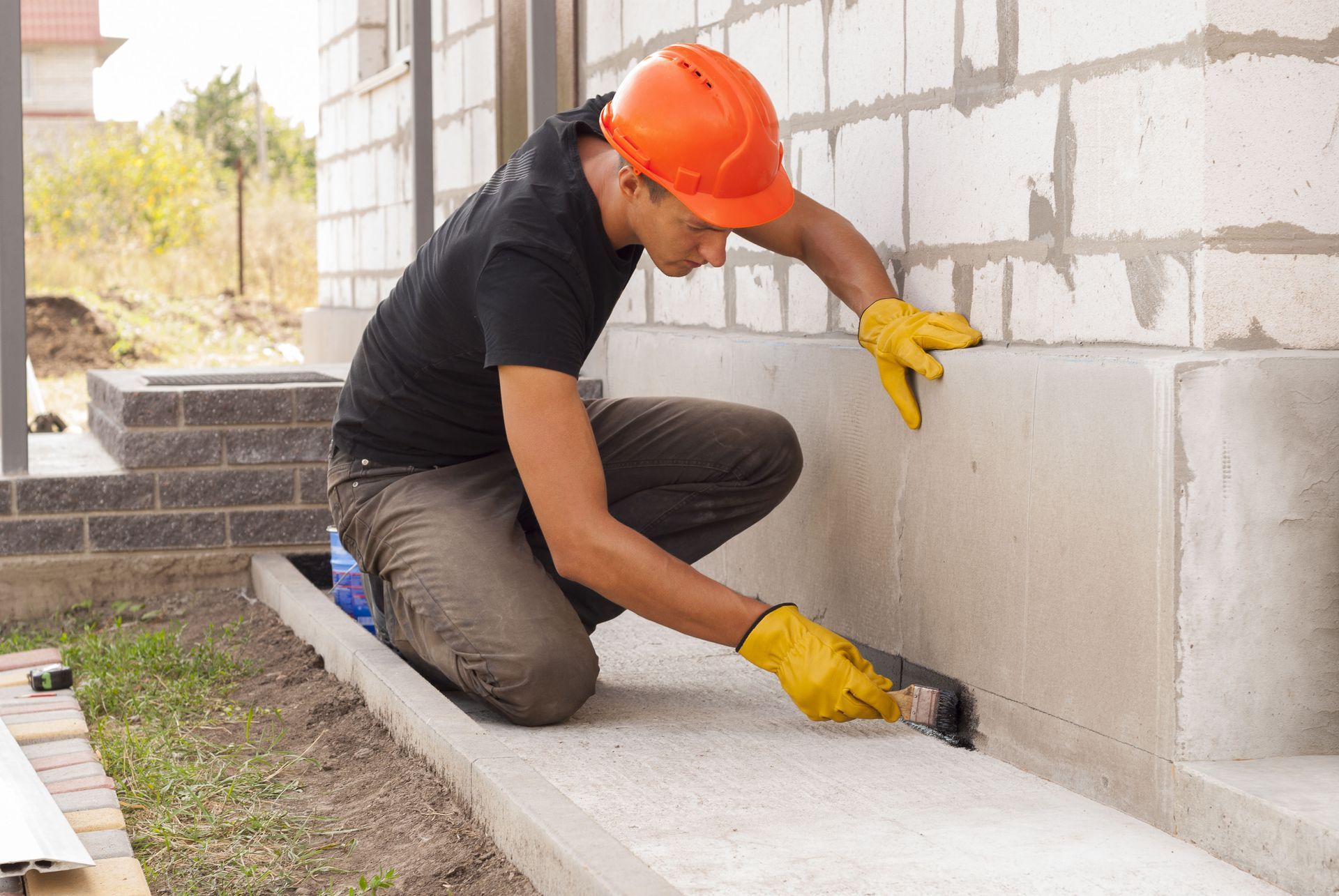11 Warning Signs Your Home Needs Foundation Repairs
When you think about the stability and safety of your home, one of the most important factors is its foundation. The foundation supports every other part of the house, from the walls and floors to the roof overhead. Over time, problems can develop that compromise its strength, and many homeowners don't realize the extent of the damage until it becomes severe. Recognizing the early signals of trouble can help you protect your investment and avoid larger expenses down the road.
If you've ever wondered whether your home might be showing signs of distress, paying attention to certain warning indicators can give you the clarity you need. Below are some of the most common signs that your home may be in need of foundation repairs, explained in detail to help you stay ahead of potential issues.
1. Cracks in Walls and Ceilings
One of the earliest and most noticeable signs of foundation problems is cracking in your interior walls and ceilings. While small hairline cracks can sometimes result from minor settling, larger, widening, or jagged cracks may signal that the structure beneath is shifting unevenly. These cracks can worsen over time, making repairs more complicated. Paying attention to how fast the cracks develop can help you gauge whether foundation repairs are necessary. This issue often leads into other visible changes throughout your home.
2. Uneven or Sloping Floors
Walking across your floors should feel stable and even, but if you notice sloping or dipping areas, it can point to foundation damage. Floors that are no longer level suggest the support system beneath them is compromised. Some homeowners might notice furniture sliding or balls rolling across a room without reason, which can be more than a simple nuisance—it may be a structural concern. As uneven floors worsen, they can lead to other issues, such as gaps in door frames, which makes repairs even more important to consider.
3. Sticking Doors and Windows
Another common sign of foundation distress involves doors and windows that no longer open or close smoothly. When your home's foundation shifts, it causes frames to twist out of alignment. This misalignment can make doors stick, swing open by themselves, or leave gaps that let in drafts. Similarly, windows may become difficult to lock or refuse to shut all the way. If you find yourself constantly fighting with doors or windows, it could be a strong indicator that foundation repairs are needed to restore balance and alignment.
4. Gaps Around Exterior Windows and Doors
Beyond the inside of your home, you may also notice gaps forming around exterior doors and windows. These gaps not only reduce your home's energy efficiency but also signal that the structure is moving apart in ways it shouldn't. Left untreated, the problem can make your home more vulnerable to pests and weather damage. As these gaps grow, they reveal how shifts in the foundation impact the exterior shell of your property. Addressing these gaps through repairs can help preserve both the safety and comfort of your home.
5. Separation of Walls From the House
In more severe cases, you may see exterior walls pulling away from the rest of your home. This separation is a visible and alarming warning sign that the foundation is experiencing serious stress. Cracks between bricks, gaps where siding meets corners, or spaces between walls and roofing are common examples. Such separation compromises the integrity of the entire structure and can quickly escalate if not resolved. This stage highlights how urgent it can be to schedule foundation repairs when the signs are this apparent.
6. Water Pooling Around the Foundation
Water pooling near your home's base can indicate drainage problems, which in turn place added stress on the foundation. Excess moisture can weaken the soil that supports your home, leading to shifting or sinking. Over time, this erosion allows cracks and gaps to form, further damaging the structure. Homeowners might first notice dampness in basements or crawl spaces before realizing the extent of the issue outside. Without timely repairs, the damage from water intrusion can expand far beyond the foundation itself.
7. Crumbling or Flaking Concrete
Concrete foundations may sometimes flake, chip, or crumble when they've been exposed to moisture or poor construction materials. This degradation, known as spalling, compromises the strength of the foundation and signals a need for immediate attention. Left unchecked, the surface damage can reach deeper layers, weakening the entire structure. When you see concrete losing its integrity in this way, it's a clear indicator that foundation repairs are necessary to prevent further decline. The deterioration often pairs with other warning signs that compound the problem.
8. Sagging or Bowing Walls
Walls inside your home should remain straight and upright, but when they begin to bow or bulge inward, it may point to shifting pressures from the foundation. This problem often develops in basements where soil and water apply external force against the structure. Bowing walls not only affect the stability of your foundation but also pose serious safety concerns. According to Modernize, your home's foundation is the #1 most important structural feature, which emphasizes why addressing bowing walls with proper foundation repairs is essential. These conditions won't improve without professional intervention.
9. Chimney Leaning Away From the House
Your chimney should stand tall and vertical, but when it leans or pulls away from the rest of your home, the foundation could be to blame. A leaning chimney is more than a cosmetic problem—it's a potential hazard. The movement often suggests that one section of the foundation is sinking or shifting differently than the rest, creating uneven stress points. Over time, this can worsen cracks in both the chimney and the surrounding walls. Considering repairs at this stage can help prevent both structural and safety risks.
10. Musty Smells in Basements or Crawl Spaces
A less obvious but equally important warning sign is a persistent musty smell in areas below your home. This odor usually indicates excess moisture, which can be tied to foundation problems like cracks or poor drainage. Musty basements and crawl spaces often signal mold growth, a condition that threatens both your health and the stability of the foundation. While some homeowners may address the smell with dehumidifiers or cleaning, the underlying problem often requires repairs to correct. Moisture-related foundation damage rarely stays isolated—it spreads over time if not fixed.
11. Exterior Bricks Cracking or Shifting
For homes with brick exteriors, shifting foundations often reveal themselves in stair-step cracks or bricks that seem out of place. These visible signs make it clear that the foundation is under stress and transferring pressure outward. The longer these cracks are left untreated, the more moisture they allow inside, which can further damage both the brickwork and the foundation. Repairs are especially important here, as bricks provide both aesthetic and protective value for your home. Recognizing this warning early can reduce the cost and scope of repairs later on.
Recognizing the warning signs of foundation damage can make all the difference in preserving the safety, comfort, and value of your home. From cracks and uneven floors to more subtle signals like musty smells or nail pops, these issues should never be ignored. Taking action when the early symptoms appear helps you avoid greater expenses and protects your most important investment. If you suspect your home may need foundation repairs, don't wait for the damage to get worse—reach out today to Proven Foundation Solutions for trusted help.


Share On: